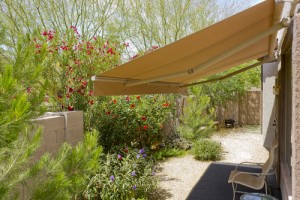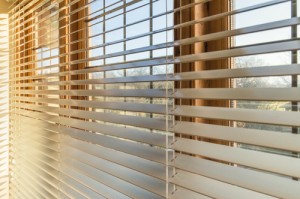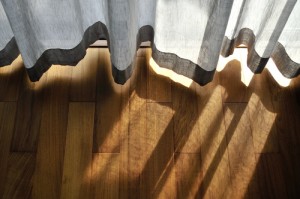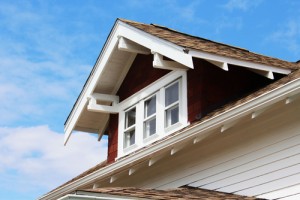Your Guide to Outside Spaces
When imagining your new home and the surrounding outside spaces there are a few options to consider, each with their own special offerings. Here are a few of the most popular outside structures and some things to consider with each:
Patio: A patio is defined as a paved outdoor area that is adjoining a house or structure, usually without a protective roof overhead. This is quite simply a concrete or brick area usually at the back of the house between the house structure and the yard beyond.
Veranda: A veranda, in contract, is a roofed platform along the outside of a house and level with the ground flood. The platform can be made of wood or, like the patio mentioned above, can be concrete or brick.
Porch: A porch is a covered structure projecting out from the front of a house or structure, almost always with a door into the main house. The building materials often vary widely, as do the stylistic considerations with elements like railings, stairs leading to the yard, and overall look of the structure.
Porto-cochere: This features comes from the French Country House style, as seen in this week’s Plan of the Week. A covered area between the main house at the front and a gate house-type structure, it historically provided a shelter from the weather to visitors disembarking from vehicles. Still used often in commercial hotels, porto-cocheres are usually made with natural materials such as stone or mason work and are a beautiful blend of function and a rustic elegance style.
Gazebo: A gazebo is a separate structure on the property but not attached to the main house. A stand-alone roofed area often with a low railing all around, gazebos are almost always built in a circular pattern and offer 360 degree views of the surrounding landscape.
Pergola: A pergola is a stylized structure most often seen surrounding a garden space. It is tall and with an open area above, often used as a support for perennial vining and trailing plants such as wisteria.
Some of these structures can be added once the house is built, but some of the others require working with your designer at the house plan stage of this project. It is important to have an idea of how you envision spending time outdoors at an early stage of your dream home project, as many of these options are included in the house plan and designer you choose to work with.




